Tattoo Advice and History > Tattoo History > History of Filipino Tattoos: Tattooed Mummies, Rites of Passage
History of Filipino Tattoos
Filipino tattoos have a rich history, dating back to before the Philippine Islands were colonized by Spaniards. When Spanish ships first arrived there, they were greeted by the heavily tattooed Visayas tribe and they called the islands "La Isla De Los Pintados" which meant the "Islands of the Painted Ones."
In the Philippines, tattoos were seen as a source of accomplishment and rank. Men bore ink on their chests and heads as signs of their strength as warriors. Women wore detailed lines on their arms and wrists (Visays and Mindanao tribes) or full chest and arm tattoos (Luzon mountain tribes) and they were seen as marks of beauty. Most tattoos were earned through the passage of rites ceremonies, or for accomplishing tasks. The styles varied depending on the region and tribe that the people came from.

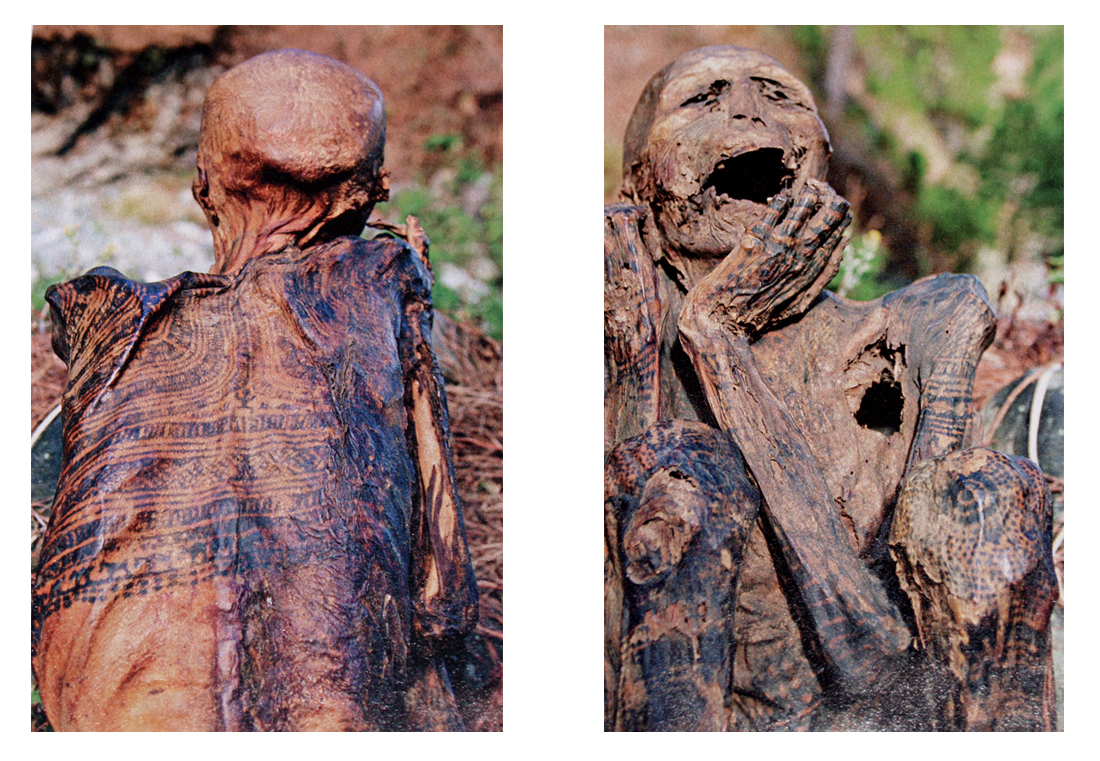


In the early 1900s, before headhunting was outlawed by American authorities, tattoos were commonly seen among the Bontoc Igorot and Kalinga tribes.
- Tattoos worn by the Bontoc Igorots men symbolized the number of human heads he took during a headhunt.
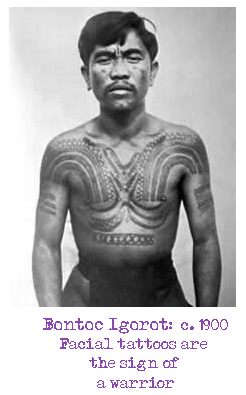
- The Kalinga tribe would tattoo their warriors on their hands and wrists after their first kill and the designs and placement would get more elaborate and more broad the more heads they acquired
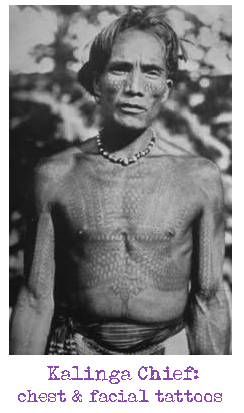
Tattooing instruments during this time were usually made from wood or animal horn, carved about 10 cm long and 2 mm thick. Needles were then affixed to the tool and the tattoo was applied by tapping with a wooden hammer. The pigment ink came from tree resin and soot and was rubbed into the wound as the tattoo was applied. Most tribes had an appointed tattooist for those worthy of receiving the tattoos.
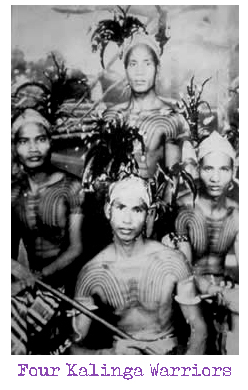
After World War II, around the late 1940s, teachers at missionary schools discouraged the practice of tattooing, so nowadays, most people under the age of sixty are not tattooed, while those older than sixty often are.
Today, tattoos are experiencing a beautiful revival amongst Filipinos and continue to gain acceptance, with traditional Polynesian themes and striking designs often adorning the collectors.
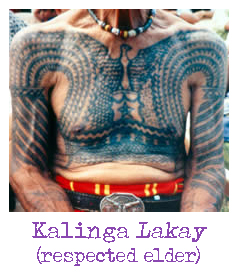

Last updated on February 27, 2010 by Jinxi Boo




